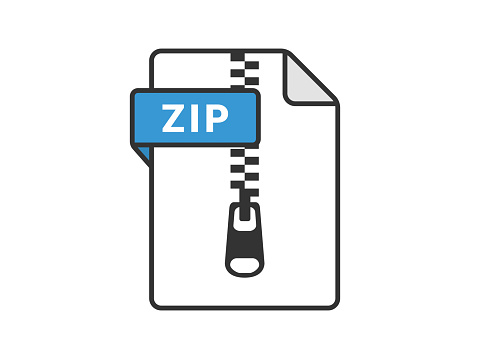Description
1. Bayesian Inference
Consider two factors that influence whether a student passes a given test: a) being smart,
and b) studying. Suppose 30% of students believe they are intrinsically smart. But since
students do not know a priori whether they are smart enough to pass a test, suppose 40%
of will study for it anyway. (assume Smart and Study are independent). The causal
relationship of these variables on the probability of actually passing the test can be
expressed in a conditional probability table (CPT) as follows:
P(pass|Smart,Study) smart smart
study 0.2 0.7
study 0.6 0.95
prior probabilities: P(smart)=0.3, P(study)=0.4
a) Calculate all the entries in the full joint probability table (JPT) [a 4×2 matrix, like Fig
13.3 in the textbook; it is OK to write a small computer program to do this; but you will
probably want to write out the equation for calculating joint probabilities first]
b) From the JPT, compute the probability that a student is smart, given that they pass the
test but did not study.
c) From the JPT, compute the probability that a student did not study, given that they are
smart but did not pass the test.
d) Compute the marginal probability that a student will pass the test given that they are
smart.
e) Compute the marginal probability that a student will pass the test given that they study.
2. Bayesian Networks. Consider the network shown in Figure 14.23 in the textbook.
a) Using equation 14.2 in the textbook (p. 513), write out the expression for the joint
probability for any state (combination of truth values for B, I, M, G, and F).
b) Compute the entire joint probability table (JPT, with 32 entries).
c) Calculate the probability that someone goes to jail given that they broke the law, have
been indicted, and face a politically motivated prosecutor, p(J|B,I,M). Do this calculation
numerically using entries in the JPT.
3. Using Situation Calculus, write axioms to describe the following actions (treat ‘You’ as
‘for any person p’):
a. Starting a car. You have to be at the car and have the key, and the car has to have a
charged battery and non-empty gas tank. Afterwards, the car will be running, and you
will still be at the car and have the key after starting the engine. Add a Frame Axiom that
says that starting this car will not changes whether any other car is out of gas (tank
empty).
b. Buying something from a seller (or vendor ‘v’). The product must be available (i.e.
owned by) the seller. You have to have enough money beforehand (more than the cost
of them item). Afterwards, you own it, but you have less money (i.e. minus the cost of the
item), and vice versa for the vendor. Also, add a Frame Axiom to express the fact that
buying something doesn’t change whether you own other things.
4. Find a plan for achieving on(A,C) by goal regression. At each step, indicate what you
are doing and why. (note: you don’t have to do backtracking, just assume the right choices
are made at each choice point)
initial state:
on(B,table)
on(A,table)
on(C,A)
clear(B)
clear(C)
GE // or “gripper_empty”
goal: on(A,C)



